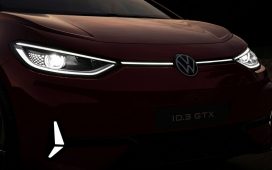Unlock the Editor’s Digest for free
Roula Khalaf, Editor of the FT, selects her favourite stories in this weekly newsletter.
When Tom Hanks visited Budapest, he fell in love with a communist icon: the tiny Polski Fiat 126p. Every time he saw one parked on the street, with its boxy form and adorable winking headlights, he would post a photo on Twitter with the caption: “My new car!” Residents of the Polish town of Bielsko-Biała, where Fiat produced the car from the 1970s, took him seriously. One year later, in 2017, they presented him with a beautifully restored white Polski 126p, with his name embossed on the leather seat pockets.
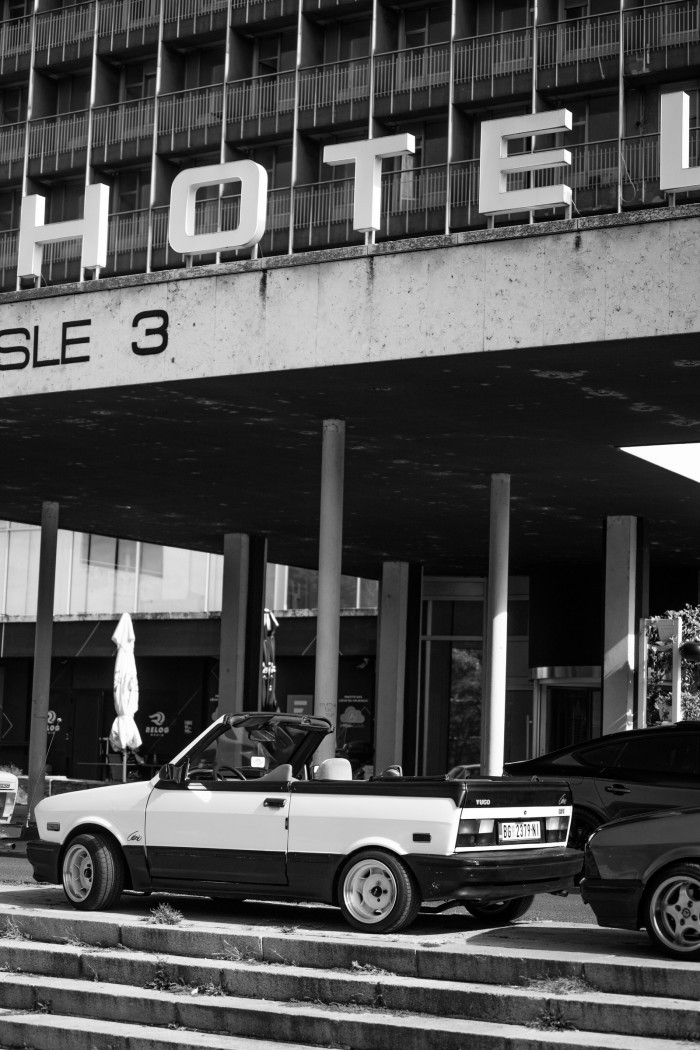
Local news outlets captured Hanks picking up the car in California, revving the engine and coughing as though choking on the exhaust. This is a smell familiar to many drivers of Polskis, East German Trabants, Soviet Ladas and Yugoslavian Zastavas, the dainty little family cars that were made in communist eastern Europe from 1945 to 1989, when import restrictions forced each Eastern Bloc country to have its own motor industry. They had a certain reputation. In Die Hard With A Vengeance, Bruce Willis and Samuel L Jackson jump-start a Zastava Yugo with a screwdriver (Hanks joked that he looked forward to fixing his own Polski with a screwdriver and ladies’ belt).
Westerners once considered such cars to be so rubbish that in 1987, the Yugo’s makers responded with a humorous campaign: “If you break your Mercedes but can’t afford to fix it, just buy a Yugo.” Nowadays, that’s exactly what Americans are doing: buying a Yugo. It’s not just the Hanks influence. The trend began around 2018 when Fiat released revamped models of its original 500s and 600s, but some felt they lacked the original charm so began searching for other cars. They settled on the Yugo, manufactured by Serbian brand Zastava, and the Polski, both made in collaboration with Fiat when Italy had good business relations behind the Iron Curtain.
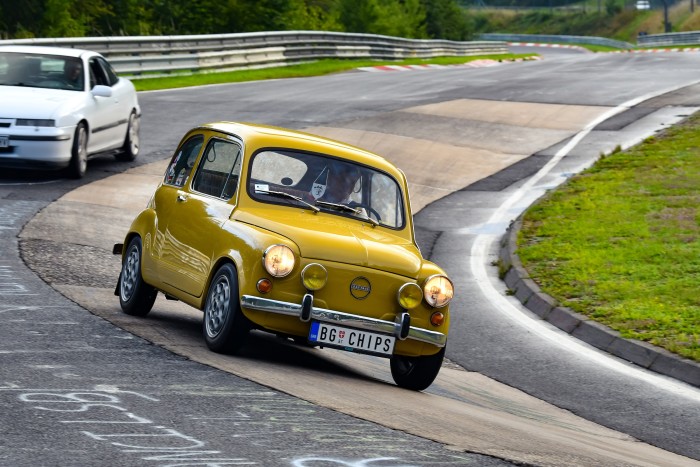
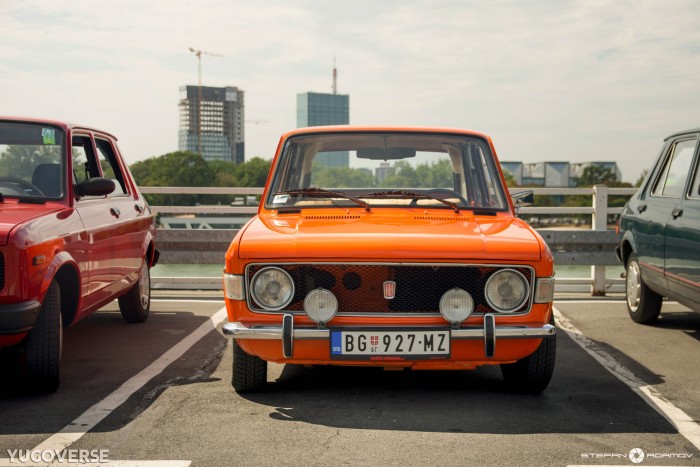
Since then, garages in eastern Europe have been busy restoring 1960s to 1980s cars to sell. Erik Griffith, founder of Mint Car in Belgrade, attributes the demand to “Cold War nostalgia; Americans grew up not being able to access these mysterious objects we saw in European spy films”. He points to the classic saloon Lada Riva, built by Russian maker AvtoVAZ and seen on screen in the James Bond film No Time to Die. “It’s the pull of stuff we couldn’t have,” says Griffith. His buyers range from older collectors who love “the classic round headlights and polished chrome” to wealthy young buyers who road-trip in a vintage car that “turns heads at weekends”.
Others want something tougher: “little weird cars”, as Griffith calls them, like Trabants and Ladas. These are near-indestructible and, unlike the Yugo, reliable once any weathered parts have been upgraded. Griffith also does a solid trade in customised, tank-like 4×4 Lada Nivas (priced up to €18,000) that he sources in the Balkans for US clients.


They also have an undeniable cuteness, with their bubble-shaped headlights. When Zastava exported the Yugo to the US in the 1980s it had appeal because it was the opposite of the big pick-up trucks Americans drove. Marketed as a dinky car for your teenage daughter, it eventually became the official vehicle of the US volleyball team in 1986. Upstate New York-based collector Philip Pameri was drawn to his zippy white-and-red-striped Yugo 88 GVX for its quirky character; he couldn’t resist naming it “Hugolina Yugovich”. He bargained it down from $6,000 to $2,500 on eBay.
Where to buy
Where to see
What to read
Cars for Comrades by Lewis Siegelbaum
The Yugo: The Rise and Fall of the Worst Car in History by Jason Vuic
Jovana Ninković, a Serbian tattoo artist who has become a passionate collector and restorer of Zastavas, including the Fića, Yugo and 101 models, loves her gold 1978 Fića with its round vintage headlights and curvy chrome bumpers. She found it via Instagram for €1,200. “It’s stylish, fun to drive and has so much personality,” she says. “I love the smell of petrol, the cheerful colours, the feel of the mechanics. Zastavas are easy to refit: put in a bigger engine and you’ve got yourself a little rocket.”
Their past is appealing for collectors. “They are historic treasures,” says Ninković. For her and like-minded others, the Yugo embodies nostalgia for an era of resourcefulness. “We made these cars using what we had in Yugoslavia. They achieved great things. They once drove all the way to Kilimanjaro,” she says, referring to an expedition of five Zastava 101s that travelled from Serbia to Tanzania in 1975 to show off the car’s ability to withstand all kinds of terrain. Ninković is especially keen on the rare Zastava Cabrio convertible, one of the smallest hatchbacks in motoring history, of which only 500 were produced. They occasionally appear on the market; Polovni Automobili has a zippy lemon-yellow convertible Cabrio on sale for €10,000.
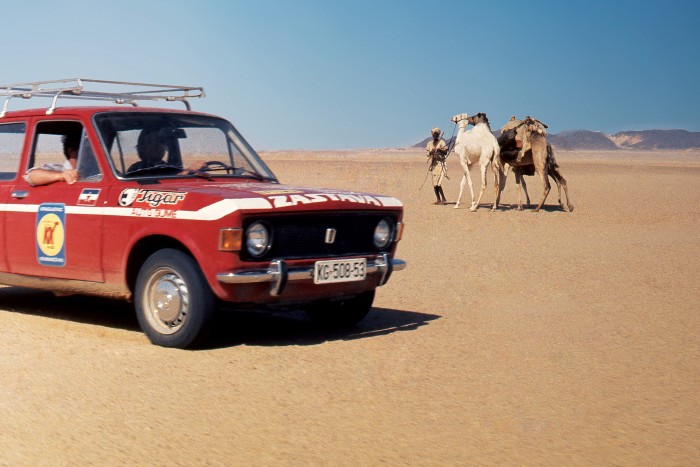
For others, eastern European cars offer something delightfully tongue-in-cheek. One red Zastava 101 went viral on TikTok in 2023 when collector Alex Krainov parodied a glossy Bentley ad with his beaten-up boxy ride. Since then, he’s documented his Zastava road trips around Serbia with glee, even when he had to push the car up a hill.



